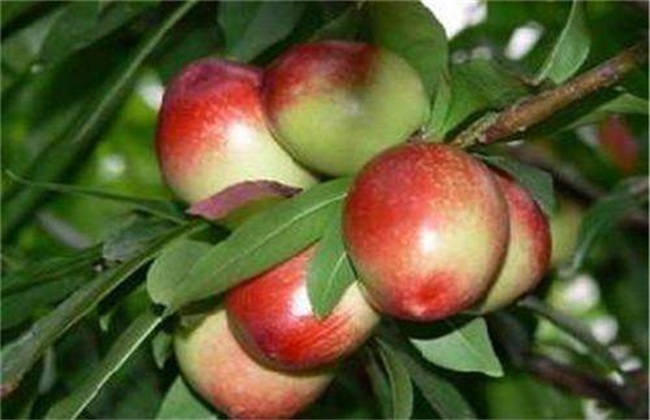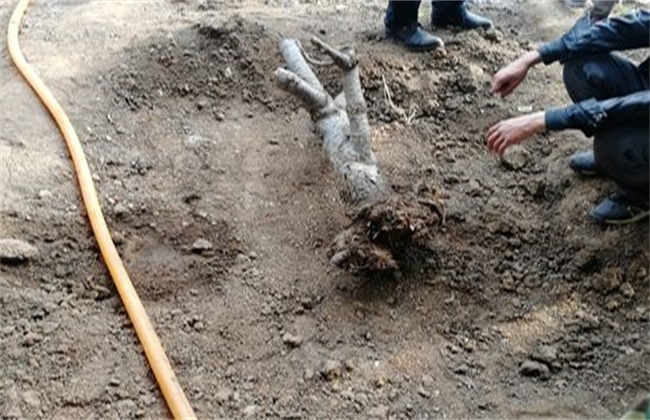Causes and Preventive measures of only flowering but not fruiting of Chestnut
Chinese chestnut is a common fruit tree, and many farmers grow it at home, but in the process of cultivation, Chinese chestnut will encounter the phenomenon of flowering and non-fruiting, which gives farmers a headache. So what should we do about the phenomenon that Chinese chestnut only blossoms but does not bear fruit? Let's take a look.

First, the reason why Chinese chestnut only blossoms but does not bear fruit
There are many reasons why Chinese chestnut only blossoms but does not bear fruit, first, there are many varieties of Chinese chestnut, there are many good varieties, there will be poor varieties, and the fruit of some varieties is more difficult; second, the soil is not suitable for planting, Chinese chestnut likes slightly acidic soil with a ph value below 7, such as gneiss sandy soil with good permeability, if the soil is alkaline, it will lead to non-fruiting. Third, soil drought and lack of water cause hardening, which will also lead to no fruit; fourth, the nutrient deficiency of Chinese chestnut plant, more male flowers of big trees, no fruit of female flowers, more male flowers of small trees, no female flowers.
II. Preventive measures
1. Skillful fertilization
The demand for fertilizer of Chinese chestnut is different from that of other fruit trees. Adult fruit trees should apply more fertilizers such as boron, manganese and calcium. Before blooming in spring, 300-400 grams of urea plus 200-300 grams of calcium fertilizer can be applied per plant, 6-7 grams of boron fertilizer per square meter, and full and strong fruit fertilizer should be applied during the fruit expansion period. 07-1 kg ternary compound fertilizer can be applied to each plant. After fruit picking, the overwintering fertilizer should be applied again combined with deep turning and expanding holes, and 40-50 kg of farm manure and 1.5 kg of calcium magnesium phosphate fertilizer can be applied to each plant. In addition, spraying low concentration mixture of borax, urea and potassium dihydrogen phosphate every 10 times can obviously increase the fruit setting rate.
2. Skillful pruning
Chinese chestnut likes light, so it is necessary to ensure the ventilation and light transmittance of the tree, remove the vigorous elongated branches and dense thin and weak branches in time, and do a good job of controlling and wiping them in spring according to the quantity and quality of flowers, so as to promote the germination of secondary shoots. The secondary shoot generally leaves 2-3 branches per branch. For the branches that are too long or have a small angle, we can use the methods of pulling branches and hanging branches to promote the opening of branches and flower bud differentiation, so as to balance vegetative growth and reproductive growth.
3. Skillfully protect the fruit
Chinese chestnut is a cross-pollinated fruit tree of the same plant. More than 2 varieties should be prepared in the orchard to facilitate pollination. If the variety is single, artificial pollination can be used to protect the fruit. After setting the fruit of Chinese chestnut, the fruit should be thinned in time in order to improve the commodity rate of fruit, maintain the tree potential, and keep the amount of fruit left in each branch balanced.
4. Skillful prevention of diseases and insect pests
The common diseases and insect pests of Chinese chestnut are anthracnose, winged moth, longicorn beetle, peach borer and scale insects, which should be controlled by spraying high-efficiency and low-toxic residues timely.
The above is the introduction of the reasons why Chinese chestnut only blossoms and does not bear fruit and preventive measures. I hope it can help you. If you want to know more about it, please pay attention to us.
Related
- Moge, come on! The staff of the peasant association in the producing area of cantaloupe were frightened when the crowd gathered.
- Causes and Solutions of low Fruit setting rate of Apple
- Symptoms and control measures of passion fruit virus disease
- Fruit growing lesson: how do apple orchards keep high yields?
- Can you build orchards in the mountains? What are the pros and cons?
- How to manage the coloring period of Crisson grape?
- This paper introduces the processing technology of two kinds of fig products.
- How much is a month for retired teachers in rural areas by 2020?
- How can strawberry planting increase sugar content? We should pay attention to management in many aspects.
- What are the cultivation techniques on how to improve the yield of golden fruit?



